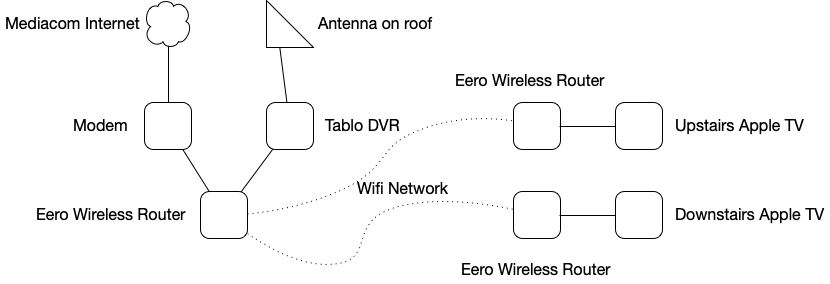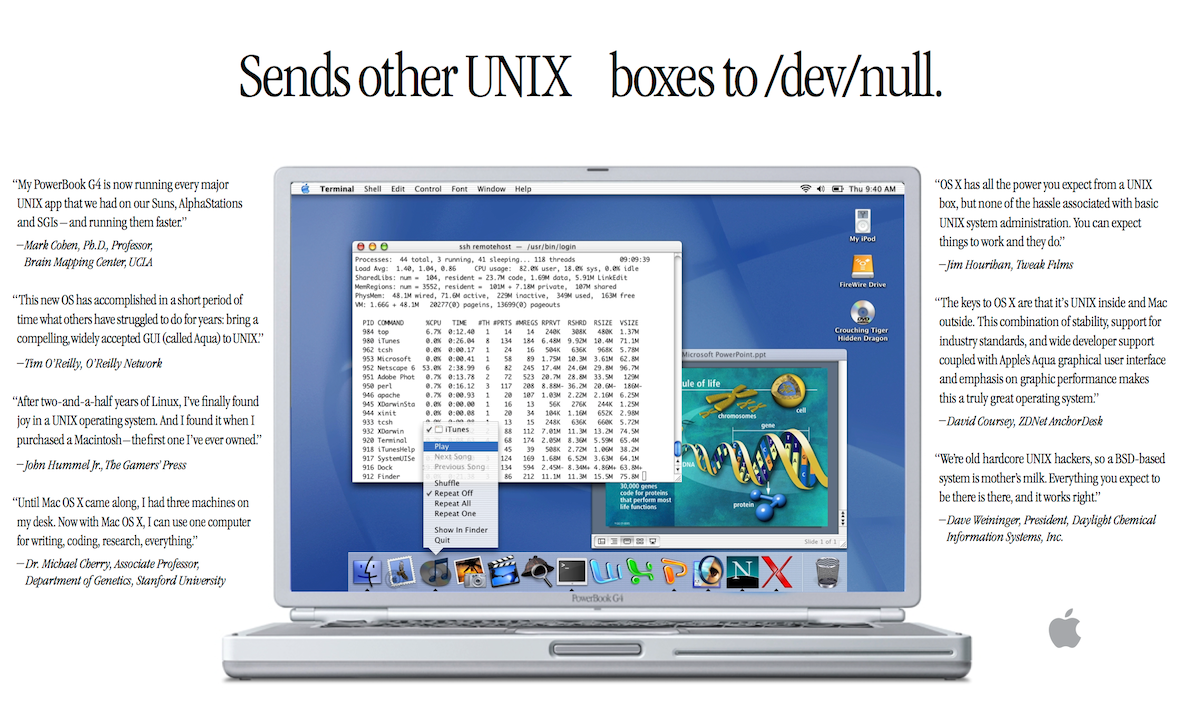Over the past twenty years the tech industry has greased the tracks of an express train to dystopia. As age creeps up on me and my hair continues to grey, I think back on the naive optimism of my youth with increasing nostalgia. We live in a world of constant surveillance, persistent erosions of privacy, a decline of democracy, and a rise of populist demagogues. Every new year becomes the hottest year on record, America has an obesity epidemic, and starvation is still a problem around the globe. The Amazon is on fire, opiate abuse is rampant, our kids are suffering from mental health problems, and everyone is too distracted by their phones to care. In short, we’ve made a mess of things.
Being a small part of this industry I can’t help but feel some responsibility. Although I’ve always been a small cog in a massive machine, I’ve been a cog with choices, and those choices did not always turn out as hoped. The easy and human response to our situation is cynicism and scape-goating, blaming the other without accepting any of the responsibility ourselves. I find this kind of laziness unacceptable, an abdication of character and integrity. It’s giving up. We can never give up.
Instead, I again choose optimism. Not naive optimism, but one born of experience and faith. I think most people are good, and clever, and when given the chance want to do their part. I think to share this optimism we first need a vision for the future. Not an apocalyptic future, but one where we’ve solved or are in the process of solving our current problems. Less Mad Max and more Star Trek. Or, somewhat more realistically, more of Microsoft’s most recent Future Vision video. Technology, humanities expression of boundless problem solving ability, must be the underlying foundation for what comes next.
One thing we must agree on before we can move forward is that we can’t go back. We can’t time travel, we can’t bring back “the good ol days”, and we can’t change our culture to recreate an imagined point in the past when things were better. The genie is out of the bottle; we have no choice but to move forward. As uncomfortable as that might make us, there really is no other choice, and anyone who tells you otherwise most likely wants something from you. Smart phones, tablets, social media, the Internet… they are all here to stay. What must change is how we use them. Technology is a tool and a mirror, how we use it shows us who we are.
To solve big problems we must be able to think clearly and concentrate. Luckily we’ve got smart people working on this problem like Cal Newport and Shawn Blanc. I submit that we need a societal shift towards a mentality that treats social media similarly to alcohol. Perfectly acceptable in moderation, can be enjoyable with friends, but improper at work or school. Or, maybe a British attitude is more appropriate, go ahead and have a pint of Twitter at lunch, then go back into your Eudaimonia Machine at work.
This ability to think clearly, without distraction or interruption, must also extend into our school system. We have adopted one-to-one programs across the country that give each child a laptop, and then expect them to have the self-control to be able to use that machine to study, take tests, and do homework. Most of the machines we’ve given them aren’t built to do that by default, they are multi-tasking environments that make it quick and easy to switch between tasks, an accident waiting to happen for an already distracted mind. Once again, we’ve adopted a technology without fully understanding its implications. Technology in education is a broad and deep topic that I hope to cover in more detail in the future. For now, I’ll summarize my position by saying that I advocate for devices like the re:markable e-ink tablet. Not less technology, but tech better suited to the task at hand. Technology that respects our humanity, with all it’s faults and vulnerabilities.
Once we can think clearly it will be much easier to spot partisan propaganda and “fake news”. Without the talking heads on TV, podcasts, youtube and twitter drowning out intelligent conversation we can start to have meaningful debates about things that really matter. As a society, we must indemnify ourselves against phycological warfare like Brietbart and Twitter trolls. We need to be able to identify attempts to promote the false and hateful ideology that seeks to divide us and reject it. The world is awash in mammoth-sized problems, it’s going to take all of us working together to solve them. We must be able to concentrate, then find common ground, and out of that a path forward.
And what is that path forward? What vision should we share? What do we want in the future? Clean air and water. Safe cities, thriving communities. An economy that supports small towns and big cities alike. Work that is respected regardless of if you work with your hands or your mind. Individuals with the freedom to live as they choose, and the responsibility to themselves, their family, and their community that comes with that freedom. The ability to produce and distribute enough food and fresh water that no one goes hungry or is forced to drink bad water. These problems are hard, but not impossible.
I can see a future where our differences are sorted out through vigorous debate. Where our technology is powered by clean, renewable energy. Where we’ve abandoned our dependence on the fossil fuels and plastics that are destroying our environment. Where our food, clothing, and other consumables are sustainable. This is not a utopia, I don’t envision a world without crime or war, but I do envision one with much, much less hate and violence than we currently have. We can turn the tide of the mental health crisis we are currently experiencing. We can defeat the hopelessness and depression that turns people to drugs. We can build technology that prioritizes individual physical and mental health, as well as privacy, security, and autonomy.
We just need to decide to do it. Let’s talk about how.

